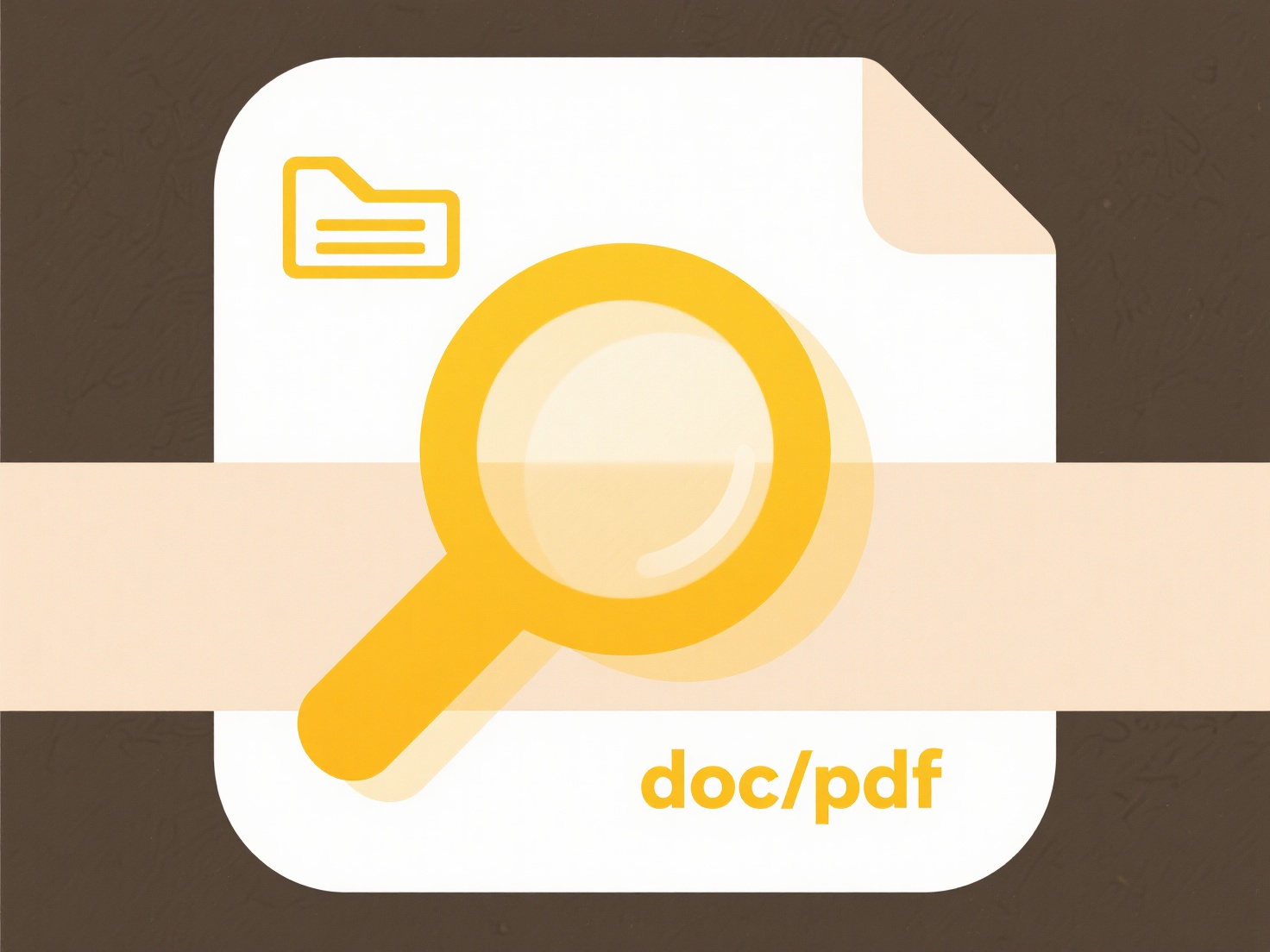
Exporting app settings, or preferences, means creating a portable copy of your customized application configurations. This includes options like user interface layouts, color themes, default file locations, specific function settings, keyboard shortcuts, and login credentials (if securely handled by the app). Essentially, it captures how you've personalized the software to work for you. This differs from simply backing up the entire application files, which includes executable code, instead focusing solely on recoverable user configurations.

Many applications offer built-in export features. For instance, web browsers like Chrome or Firefox allow exporting bookmarks, saved passwords (securely encrypted), history, and extensions to an HTML or JSON file for transferring to a new device. Similarly, complex software suites like Adobe Photoshop or Microsoft Visual Studio let users export their workspace layouts and editor preferences to a file (.epf for Eclipse-based IDEs, .xmp for Adobe), enabling consistent setup across installations or team collaboration.
The primary advantage is efficient customization recovery and transfer, saving significant time when setting up new devices or recovering from errors. It provides users greater control over their environment. However, limitations exist: not all apps support this feature natively; the export format is often app-specific and unusable elsewhere; and security risks arise if sensitive data like passwords are exported without strong encryption. Ethical handling of user data during export is critical. Wider adoption and standardization of this functionality enhance user experience and productivity.
How do I export app settings or preferences?
Exporting app settings, or preferences, means creating a portable copy of your customized application configurations. This includes options like user interface layouts, color themes, default file locations, specific function settings, keyboard shortcuts, and login credentials (if securely handled by the app). Essentially, it captures how you've personalized the software to work for you. This differs from simply backing up the entire application files, which includes executable code, instead focusing solely on recoverable user configurations.

Many applications offer built-in export features. For instance, web browsers like Chrome or Firefox allow exporting bookmarks, saved passwords (securely encrypted), history, and extensions to an HTML or JSON file for transferring to a new device. Similarly, complex software suites like Adobe Photoshop or Microsoft Visual Studio let users export their workspace layouts and editor preferences to a file (.epf for Eclipse-based IDEs, .xmp for Adobe), enabling consistent setup across installations or team collaboration.
The primary advantage is efficient customization recovery and transfer, saving significant time when setting up new devices or recovering from errors. It provides users greater control over their environment. However, limitations exist: not all apps support this feature natively; the export format is often app-specific and unusable elsewhere; and security risks arise if sensitive data like passwords are exported without strong encryption. Ethical handling of user data during export is critical. Wider adoption and standardization of this functionality enhance user experience and productivity.
Quick Article Links
What is a .zip file?
A .zip file is a digital archive format that bundles one or more files or folders into a single, compressed container. I...
What format should I use for academic submissions?
Academic submission formats refer to standardized layouts and structural requirements for written assignments, papers, o...
How do I manage academic or study materials?
Academic material management involves systematically organizing, storing, and reviewing course notes, textbooks, article...